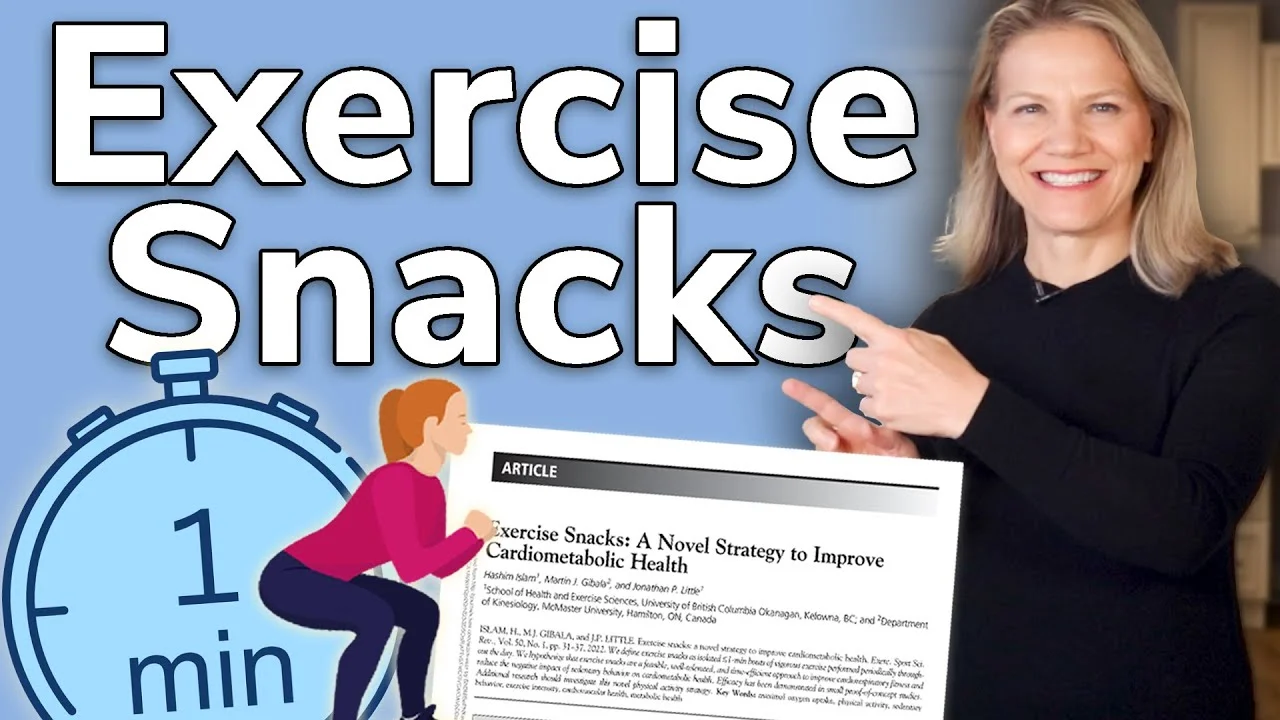In the world of content creation, there’s more to writing a blog post than choosing a topic.
One of the most overlooked but critical parts of blogging success is your blog angle — the unique perspective or approach you take on a subject.
A strong angle can make even the most saturated topic feel fresh and compelling. In contrast, a weak or unclear angle may leave your post lost in the noise.
So, what exactly is a blog angle, and how can you use it to craft standout content?
Let’s dive in.
Table of Contents
What Is a Blog Angle?
A blog angle is the specific approach, point of view, or focus you take when writing about a topic. It determines what aspect of the topic you’ll emphasize and how you’ll present it to your readers.
Examples:
Topic: “Email Marketing”
Possible Angles:
“Email Marketing Tips for Solopreneurs”
“Why Email Open Rates Are Declining in 2025”
“Case Study: How a Bakery Used Email Marketing to Triple Sales”
The topic stays the same, but the angle transforms how it’s perceived.
Why Blog Angles Matter
Your blog angle is important because it:
Differentiates your content from thousands of similar posts.
Targets a specific audience or reader segment more effectively.
Improves engagement by focusing on what readers care about most.
Drives SEO results by targeting long-tail or niche keywords.
Aligns with your brand voice and authority in a niche.
In a crowded content landscape, your angle is your secret weapon.
How to Identify the Right Angle for Your Blog Post
Here’s a step-by-step approach to finding the ideal angle:
1. Understand Your Audience
What problems do they have?
What language do they use?
What outcomes are they seeking?
2. Analyze Search Intent
Are they looking for info, tutorials, reviews, comparisons, or opinions?
3. Define Your Unique Value
What experience, insight, or data do you bring?
Can you offer a story, analogy, or personal angle?
4. Use the 5Ws and 1H
Who, What, When, Where, Why, and How can each become a blog angle.
Types of Common Blog Angles
Here are some proven formats:
| Angle Type | Example Title |
|---|---|
| How-To | “How to Grow Succulents Indoors Like a Pro” |
| Listicle | “10 Tools Every Remote Worker Needs in 2025” |
| Problem-Solution | “Struggling With Low Traffic? Here’s What You’re Missing” |
| Beginner’s Guide | “Affiliate Marketing for Total Beginners” |
| Expert Opinion | “Why AI Will Reshape Digital Marketing — An Expert’s Take” |
| Case Study | “How Our Startup Cut Hosting Costs by 60% in 3 Months” |
| Comparison | “Notion vs. Evernote: Which Is Better in 2025?” |
| Trend Analysis | “5 Social Media Trends You Can’t Ignore This Year” |
| Myth Busting | “Debunking 7 Common Myths About Intermittent Fasting” |
Blog Angles and SEO: The Connection
Choosing the right angle helps your content:
Rank for long-tail keywords.
Match search intent better.
Earn more clicks from SERPs.
Gain backlinks when it’s unique or controversial.
For instance, instead of targeting “freelancing tips,” angle your post as:
“Freelancing Tips for Full-Time Moms Balancing Family & Work” – now you’ve hit a niche audience and a more specific long-tail keyword.
Real-World Examples of Strong Blog Angles
HubSpot
Topic: Lead Generation
Angle: “What Is a Lead Magnet? 20 Examples That Convert in 2025”
Neil Patel
Topic: SEO
Angle: “How I Increased My Organic Traffic by 200% Using Just 3 Tactics”
Backlinko
Topic: Link Building
Angle: “17 Untapped Link Building Techniques You Haven’t Tried Yet”
These posts work because their angles are:
Specific
Reader-focused
Results-oriented
Mistakes to Avoid When Choosing a Blog Angle
Too Broad: “Marketing Tips” is too vague.
No Target Audience: “How to Start a Blog” vs. “How to Start a Blog as a Travel Photographer”
Copycat Angles: Rewriting the same post from page 1 of Google won’t stand out.
Unclear Benefit: Readers need to know why they should care — fast.
Blog Angle vs. Blog Topic: What’s the Difference?
| Blog Topic | Blog Angle |
|---|---|
| “Remote Work” | “Remote Work Challenges for Gen Z in 2025” |
| “Healthy Eating” | “Healthy Eating on a Student Budget: Meal Plan Guide” |
| “Digital Marketing” | “Digital Marketing Trends No One Talks About” |
Think of the topic as the subject and the angle as your camera lens — it frames the story you tell.
Tools to Help You Find Your Blog Angle
Here are some helpful tools:
Google Trends – See rising queries around your topic.
AnswerThePublic – Discover common questions and pain points.
BuzzSumo – Analyze top-performing content by angle.
Reddit & Quora – Find what people are asking.
SEMrush / Ahrefs – Keyword gap and competitor analysis.
ChatGPT – Generate blog angle ideas from seed keywords
Conclusion
A great blog post doesn’t start with a great topic — it starts with a great angle.
Your blog angle defines your post’s value, relevance, and uniqueness. It guides your writing, shapes your headline, influences your SEO, and resonates with your audience.
Next time you sit down to write, don’t just ask, “What am I writing about?” Ask instead:
“What angle will make this matter to my audience?”
That’s how blog posts become engaging, shareable, and SEO-friendly — and how your blog stands out in a noisy digital world.
FAQs About Blog Angles
Q1: Is the blog angle the same as the headline?
A: Not exactly. The angle is the underlying approach, while the headline expresses it. But a good headline reflects the angle clearly.
Q2: Can I reuse angles across different posts?
A: Yes — as long as the topic and audience change. For example, “How-to” guides can be used for many subjects.
Q3: How do I test which angle works best?
A: A/B test headlines, monitor engagement metrics (clicks, shares, time on page), and tweak based on feedback.
Q4: Can I change my angle after writing the post?
A: Absolutely. Reframing the intro or headline to better reflect the value can dramatically improve performance.
Q5: What’s the best angle for SEO?
A: The best angle depends on search intent. “How-to” and “listicle” formats often perform well, but niche-specific angles attract more targeted traffic.












